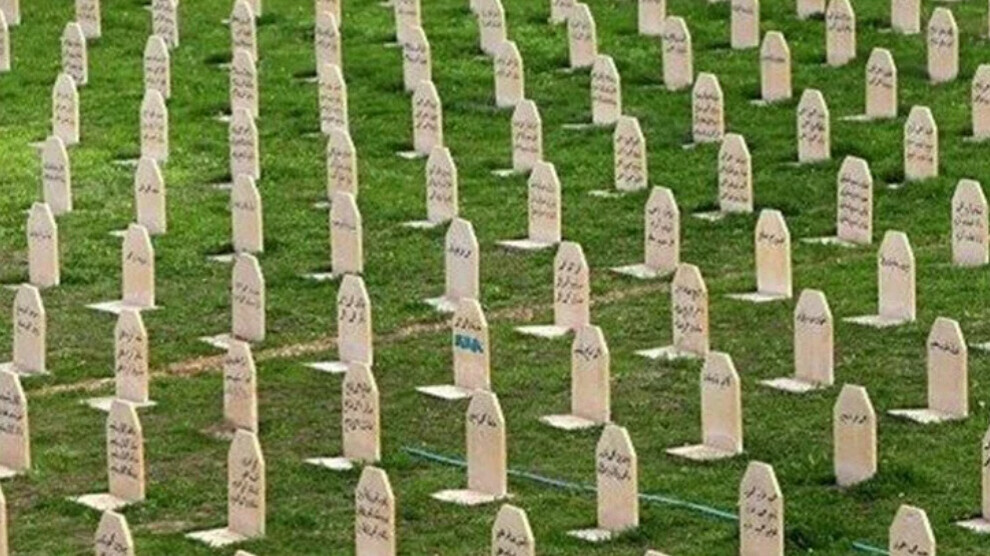35 years ago, the massacre of Halabja
Today marks 35 years since Saddam Hussein massacred thousands of his own people in a chemical attack on the city of Halabja.
Today marks 35 years since Saddam Hussein massacred thousands of his own people in a chemical attack on the city of Halabja.

Today marks the 35th anniversary of the chemical attack on the Kurdish town of Halabja in South-Kurdistan. Systematically terrorizing the Kurdish population, Saddam Hussein attempted to silence his critics and at the same time test his chemical and biological weapons.
Saddam Hussein was the first leader in modern times to brutally use chemical weapons against the Kurdish people. Between 1987 and 1988 he had chemical attacks directed towards 40 Kurdish villages, and tested his weapons on thousands of innocent civilians. The worst of these attacks destroyed the town of Halabja in March 1988.
Chemical weapons used in Halabja
The attack was meant to kill as many people as possible. The first barrage shattered protective glass in windows throughout the city, making sure the gas reached its targets.
Saddam’s regime mixed mustard gas and nerve agents to increase the effect of the chemical attacks. Mustard gas attacks the nose, throat and lungs, while Sarin, Tabun and VX attack the eyes and respiratory channels.
One gas had a strong, sweet aroma, like apple blossoms, said survivors, intended to make people inhale deeply to find out what was causing the smell. Another chemical was used as a paralyzing agent, causing people to collapse to the ground.
A third and lethal gas was used because it’s heavier than air. Anyone who fell, or crouched low for safety, or took shelter in a basement. They were dead within minutes.
Men, women, and children died indiscriminately as toxic gas seeped into their homes, through broken windows, filling the spaces where they’d taken shelter.
Chemical weapons also contaminate food and water supplies, soil and wildlife.
Effects of the attack in Halabja
5000 civilians, among them many women, children and elderly, died within hours of the attack. More than 10.000 people were blinded or injured in other ways that destroyed their lives. Thousands of people lost their lives in epidemics or from birth injuries in the following years. Thousands more were forced to leave their homes.
Up to 5,000 people perished that day. Thousands more were injured, most of them civilians.
An old man, a survivor of that day, Abdurrahman Reşit Emin, told ANF that he lost his mother and two siblings in the massacre which he describes as "moments of a grimness that would not end". Emin said that the air was covered with the smell of apples: "We were dumbfounded. The sky in Halabja was shaken with sounds of warplanes, of which there were around 10-15, as I might not remember the exact number. Everything happened so fast. Thousands of people drew their last breath in ten minutes. Dead bodies were lying everywhere one looked. The rest left the city and took the migratory route. Those left to poverty and sickness were as many as the dead. Everyone became miserable. Some lost their minds, some went blind."